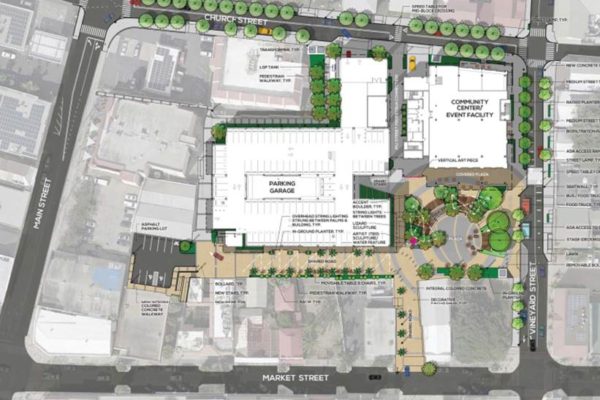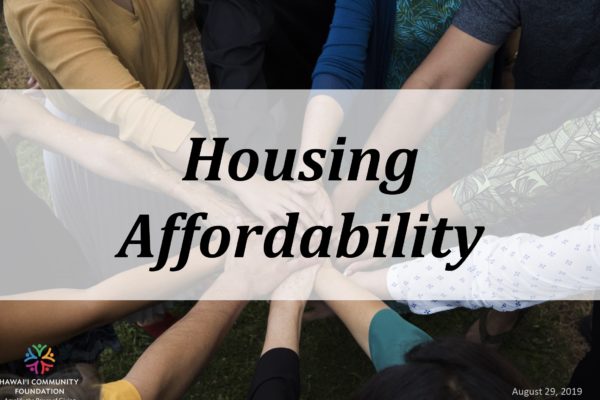Ma’alaea Developer Should Withdraw the Project and Address the Issues
Viewpoint
December 17, 2015
By PAM DAOUST and ALBERT PEREZ
The Maui News
Ma’alaea Community Association (MCA) and the Maui Tomorrow Foundation (MTF) have worked with the developer on the Ma’alaea Plantation project for years. We tried in good faith to come up with conditions to reduce the negative impacts of the project. It was MCA and MTF who first suggested that the developer include affordable housing in a previous version of the project, but we strongly believe that whatever is built in this area should not create more traffic gridlock, lead to massive urbanization, deplete the Waikapu aquifer and destroy scenic views.
It should fit into the community, be of low density and protect open space and ag lands, and actually be an affordable housing project.
Community concerns have always been about protecting open space, view planes and the environment at this critical location. The Maui Island Plan excluded Maalaea from development and designated it a major transit corridor. Maalaea is the only access to West Maui and is already subject to frequent traffic gridlock, accidents and out-of-control wild fires. It is vitally important to all of Maui.
When the developer decided to pursue a fast-track project under Section 201H, he prepared an environmental assessment (EA) that did not include any of the agreements we had reached in our meetings. The final environmental assessment (FEA) glosses over far too many concerns. Nowhere does the FEA address the actual number of homes that could be built on the proposed 58 affordable and 55 market-priced lots. The requested zoning would allow the proposed rural lots to be subdivided, and ohanas could be added for both rural and residential lots. Without specific prohibitions in place, over 500 homes could eventually be built on the 113 lots and remaining ag lands.
To qualify for processing under 201H, 51 percent of a total project needs to be affordable. In this case, 58 out of a total of 113 would equal 51 percent. However, since we are talking homes that could be built, not just lots, 58 affordable homes out of a potential 500 is 12 percent.
Our discussions with the developer centered on protecting and preserving open space through an 80-acre conservation easement and limiting resubdivision of lots. In the FEA, 27 acres counts as one of the 113 lots. If subdivided, it could equal 54 half-acre lots plus ohanas and result in 108 units on that one lot alone. Nothing in the FEA would prevent this; the requested zoning would actually allow it.
The water study in the FEA addresses only the 113 lots. It says there’s plenty of water for them. But will there be enough water for over 500 new homes or for ag uses? Several other major projects approved in the Maui Island Plan intend to use the same aquifer for their water. Will there be enough water for them? The Waikapu aquifer can only go so far to provide water for everyone wanting to claim it.
The FEA says the developer intends to use septic systems for all homes in the project. The septic systems will be built over the same aquifer intended to be the source of drinking water for this and other projects. State law and the state Department of Health require residential projects in excess of 50 homes to have a sewage treatment plant, not rely on septic systems. The developer claims that the 201H process exempts him from minimum requirements of health and safety. We respectfully disagree.
Because of these and other problems, the Maui County Planning Department called for a full environmental impact statement (EIS) to be prepared for this project. Preparation of a thorough EIS is crucial for projects that will have adverse environmental impacts; it serves as a reference for decision makers during all subsequent land use review.
MCA and MTF do not feel that the FEA prepared for this project is adequate or addresses all impacts. So we are left with no choice but to challenge the Department of Housing and Human Concerns’ finding of no significant impact. We still hope that the developer will withdraw the project and address the issues. Our common goal is to come up with a project that the community can truly embrace.
* Pam Daoust is the president of the Ma’alaea Community Association and Albert Perez is the executive director of Maui Tomorrow Foundation.




Comment(1)-
gckay says
December 17, 2015 at 3:10 pmI need to know the approximate price of the affordable homes. I understand you can’t give me the exact amount but a ball park figure of the approximate amount would suffice at this time. I’m tired of developers dangling the proverbial carrot of affordable housing in front of Planning and Zoning Boards only to discover affordable housing would be not affordable to local residents. I’m tired of seeing land taken out of agriculture only to be turned into homes for out of state residents.Waste water issues and availability of water needs to be addressed. Likewise a cultural assessment needs to be done before anything else.